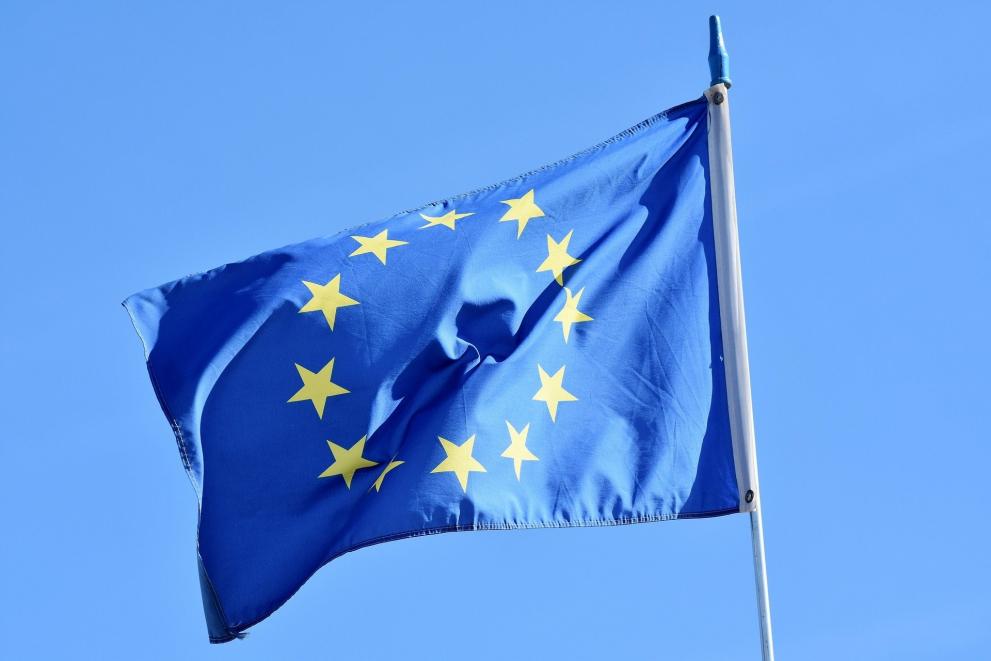
On the 16th of September 2020, the President of the European Commission, Ursula von der Leyen, gave a speech at the European Parliament Plenary. In the session, she stated that the European Union (EU) needs to pave the way for digital to focus on data, technology and infrastructure. She announced that the European Commission “will soon propose a secure European e-identity” to address the technology area. The creation of a European e-identity would allow European citizens to have one common digital identity instead of creating new ones for each website or action they want to take, such as opening a bank account.
Following this announcement, the Online European Digital Identity Roundtable took place on the 24th of September. This roundtable gathered the Secretaries of State from Germany, Portugal and Slovenia, as well as the major European actors in electronic identification (eID) and trust services. Here it was concluded that the eIDAS regulation 'Electronic Identification, Authentication and Trust Services regulation in the EU' has allowed the EU Member States to progress in the field of digital identity and trust services; however, it needs to adapt to the new needs of the EU citizens.
These announcements align with the initiative for an EU digital ID scheme for online transactions across Europe, for which the feedback period just ended in October 2020. This initiative aims to re-enforce safety while simplifying online services across Europe, as well as giving people more control over their digital information and privacy. The feedback received for this initiative will be shared at the end of the year.
Blockchain is seen as an advanced technology that could support the implementation of the European e-identity. In 2019, the EU published a report on Blockchain and Digital Identity. The report states that blockchain would be a powerful tool for ensuring digital security and different use cases of blockchain have been described for the creation of a safe digital identity, its registry and access rights.
The Advanced Technology for Industry (ATI) project monitors the uptake of advanced technologies in the EU Member States, including blockchain, in the ATI dashboard. Also, it provides a mapping of Technology Centres on its website with detailed knowledge and experience in these advanced technologies.
